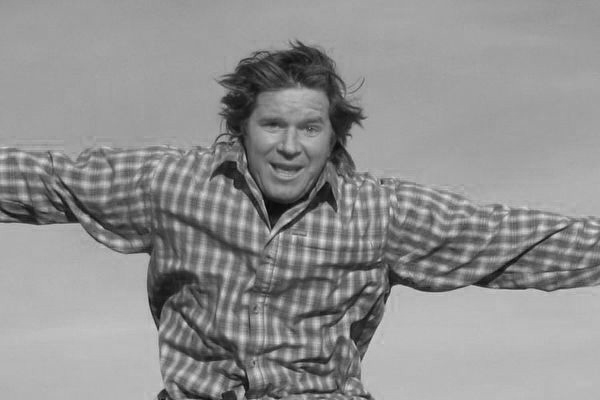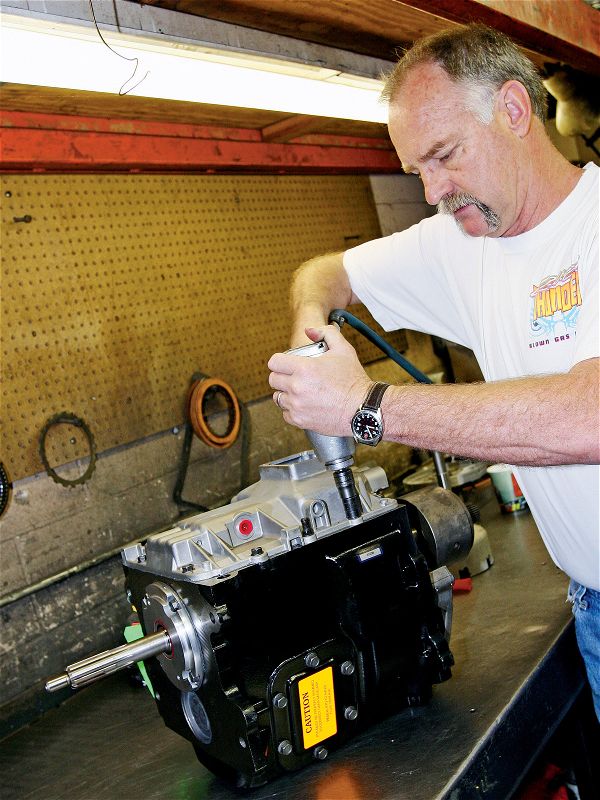
 Fred Williams
Brand Manager, Petersen’s 4Wheel & Off Road
Fred Williams
Brand Manager, Petersen’s 4Wheel & Off Road
Basics To Basic
The art of shifting gears is being lost. Every year more and more drivers are opting to have their gears shifted for them rather than doing it themselves. In fact you can probably count the number of new 4x4 models available with manual transmission on two hands. That's a sad state of affairs.

Maybe the problem is that drivers just don't understand how a manual transmission works. Maybe they just haven't looked inside one to know what's going on under that stick with the numbers and the "R" on the top. It's time for a look inside these strong reliable units that allow you to creep along, slam gears, or pick and choose exactly what you want from your transmission.
We recently took a freshly refurbished NV-4500 five-speed manual transmission from National Drivetrain to our local transmission shop, Transaction, and tore it apart just to see what's inside. National Drivetrain sell parts for axles, transfer cases, and transmissions as well as complete new and rebuilt units ready for installation, and National will deliver straight to your door. Transaction has been building transmissions in its Sun Valley, California, shop for ages and can remove and service your current box or help you upgrade to something stronger.
PhotosView Slideshow

 PhotosView Slideshow
PhotosView Slideshow




